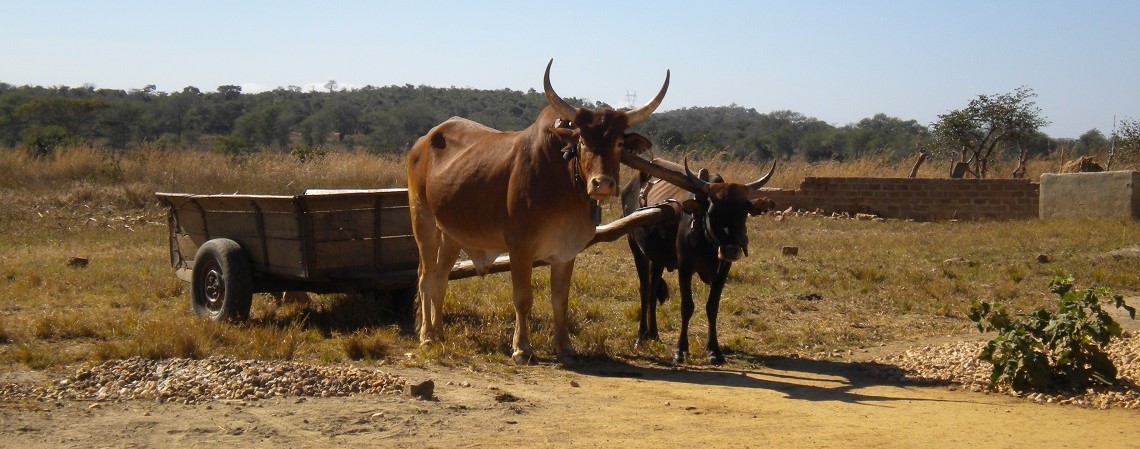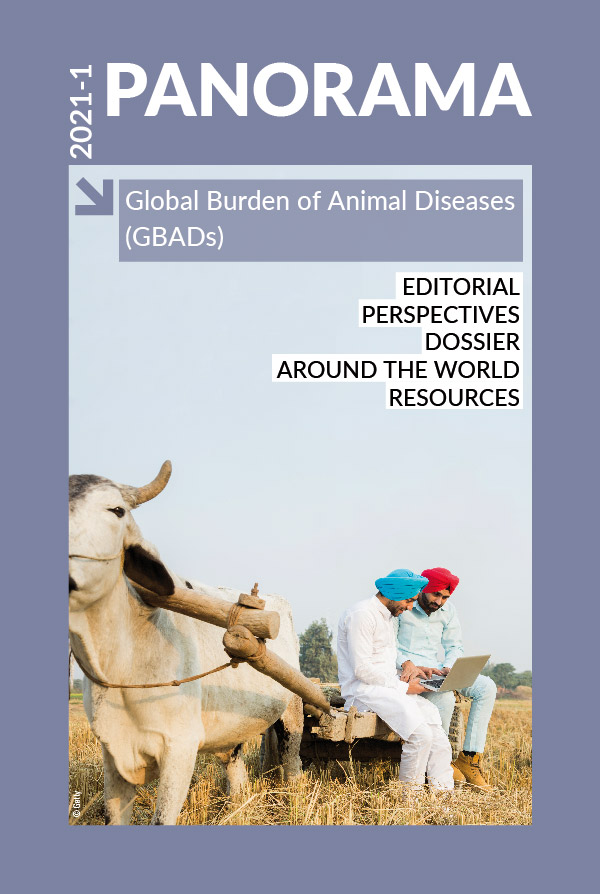Dossier Posted on 2021-08-16 11:13:25
A simple metric to capture losses
The concept of an animal health loss envelope
Keywords
Authors
P.R. Torgerson (1)* & A.P.M. Shaw (2,3)
(1) Section of Epidemiology, Vetsuisse Faculty, University of Zurich, Switzerland.
(2) Department of Livestock and One Health, Institute of Infection, Veterinary and Ecological Sciences, University of Liverpool, United Kingdom.
(3) AP Consultants, 22 Walworth Enterprise Centre, Duke Close, Andover, SP10 5AP, United Kingdom.
* Corresponding author: paul.torgerson@access.uzh.ch
The designations and denominations employed and the presentation of the material in this article do not imply the expression of any opinion whatsoever on the part of the OIE concerning the legal status of any country, territory, city or area or of its authorities, or concerning the delimitation of its frontiers and boundaries.
The views expressed in this article are solely the responsibility of the author(s). The mention of specific companies or products of manufacturers, whether or not these have been patented, does not imply that these have been endorsed or recommended by the OIE in preference to others of a similar nature that are not mentioned.
In the early stages of the Global Burden of Disease (GBD) study into human mortality and morbidity, for some age/gender categories, the sum of the deaths ascribed to individual diseases substantially outnumbered actual deaths [1]. The study solved this by assigning a worldwide maximum life expectancy, which imposed a ceiling on total deaths due to different causes. For livestock diseases, initial assessments of their global burden face a similar dilemma. Some studies report deaths due to communicable diseases which, when added up, exceed the total number of deaths observed. Individual studies are evidence-based, but a single disease focus means that they are often undertaken in high-incidence populations. They neither fully consider multiple causes of illness, which together result in death (co-morbidity), nor the fact that disease control interventions are often beneficial beyond the disease of interest. The relative orders of magnitude of the losses estimated for different diseases are probably correct, but, as for human disease, they need to be fitted within a ceiling.
Consequently, the Global Burden of Animal Diseases (GBADs) programme has developed the concept of an animal health loss envelope (AHLE) (Fig. 1). This measures the difference between current production and production if the animals were in perfect health. This optimum scenario or ‘utopia’ is when premature livestock mortality is absent and all other parameters (fertility, feed conversion, milk/egg/traction outputs, etc.) are at the maximum levels currently found in that production system. Animal health expenditure, a cost attributable to the presence of animal diseases, is set at zero in utopia.

For the initial calculation of the AHLE, the authors have selected an economic layout and terminology which is familiar to producers, veterinarians and economists – the farm budget. This covers all production, entries and exits from the herd and all fixed and variable costs borne by producers [2]. As well as monetary amounts, the AHLE also reflects the feasible range for each production parameter in a given production system. The AHLE can thus be estimated for different production systems, ranging from commercial dairy production to backyard poultry. Applying the AHLE ensures that total losses attributed to individual diseases cannot exceed the total losses experienced in the system, which are due not just to diseases, but also to injuries, predation, drought and other causes of sub-optimal production.
https://doi.org/10.20506/bull.2021.1.3259
References
- Murray C.J. & Lopez A.D. (1994). – Global and regional cause-of-death patterns in 1990. Bull. WHO, 72, 447–480.
- Rushton J., Thornton P. & Otte M.J. (1999). – Methods of economic impact assessment. In The economics of animal disease control. Rev. Sci. Tech. Off. Int. Epiz., 18 (2), 315–338. http://dx.doi.org/10.20506/rst.18.2.1172.










